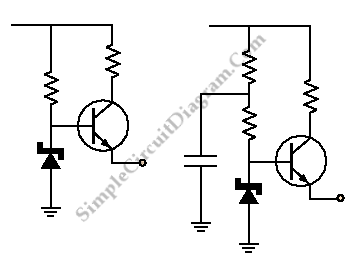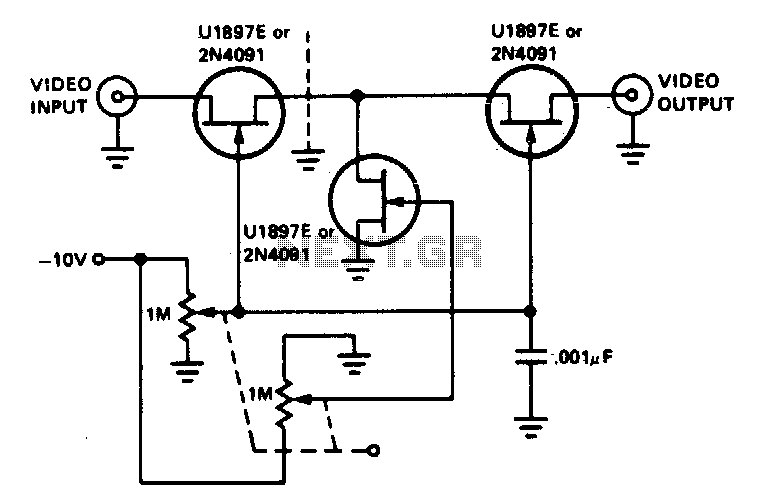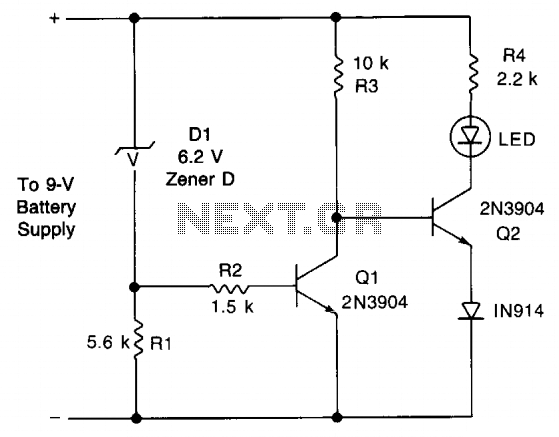
How to change the range of voltage

A project is being developed to utilize a dsPIC microcontroller as the controller for generating a PWM signal to control motors. A driver IC, specifically the L293D, has been employed to facilitate motor rotation; however, there is a limitation in controlling the voltage range necessary for achieving a full spectrum of motor speeds.
In this project, the dsPIC microcontroller serves as the core processing unit, generating a Pulse Width Modulation (PWM) signal that regulates the speed of a DC motor. The PWM signal is characterized by its duty cycle, which determines the average voltage supplied to the motor. By adjusting the duty cycle, the effective voltage can be controlled, thereby varying the speed of the motor.
The L293D driver IC is utilized to interface between the dsPIC and the motor. This IC is designed to drive inductive loads such as motors, providing bidirectional control. It features built-in diodes for back EMF protection, which is essential for preventing damage to the microcontroller and the driver circuit when the motor is turned off.
To achieve a broader range of speed control, it may be necessary to implement an additional feedback mechanism. This could involve using an encoder to monitor the motor's actual speed and adjusting the PWM signal accordingly. The encoder provides real-time data, enabling closed-loop control that enhances speed accuracy and responsiveness.
In summary, the combination of a dsPIC microcontroller, PWM signal generation, and the L293D driver IC forms a robust foundation for motor control applications. By incorporating feedback mechanisms, the system can achieve precise control over motor speed across its entire operational range.Doing a project to use dsPIC as controller to output PWM signal to control motors. I can use driver IC (I used L293D actually) to simply let motors to rotate, but I cannot control the voltage range to control the motor to rotate with all range of speed. 🔗 External reference
In this project, the dsPIC microcontroller serves as the core processing unit, generating a Pulse Width Modulation (PWM) signal that regulates the speed of a DC motor. The PWM signal is characterized by its duty cycle, which determines the average voltage supplied to the motor. By adjusting the duty cycle, the effective voltage can be controlled, thereby varying the speed of the motor.
The L293D driver IC is utilized to interface between the dsPIC and the motor. This IC is designed to drive inductive loads such as motors, providing bidirectional control. It features built-in diodes for back EMF protection, which is essential for preventing damage to the microcontroller and the driver circuit when the motor is turned off.
To achieve a broader range of speed control, it may be necessary to implement an additional feedback mechanism. This could involve using an encoder to monitor the motor's actual speed and adjusting the PWM signal accordingly. The encoder provides real-time data, enabling closed-loop control that enhances speed accuracy and responsiveness.
In summary, the combination of a dsPIC microcontroller, PWM signal generation, and the L293D driver IC forms a robust foundation for motor control applications. By incorporating feedback mechanisms, the system can achieve precise control over motor speed across its entire operational range.Doing a project to use dsPIC as controller to output PWM signal to control motors. I can use driver IC (I used L293D actually) to simply let motors to rotate, but I cannot control the voltage range to control the motor to rotate with all range of speed. 🔗 External reference





